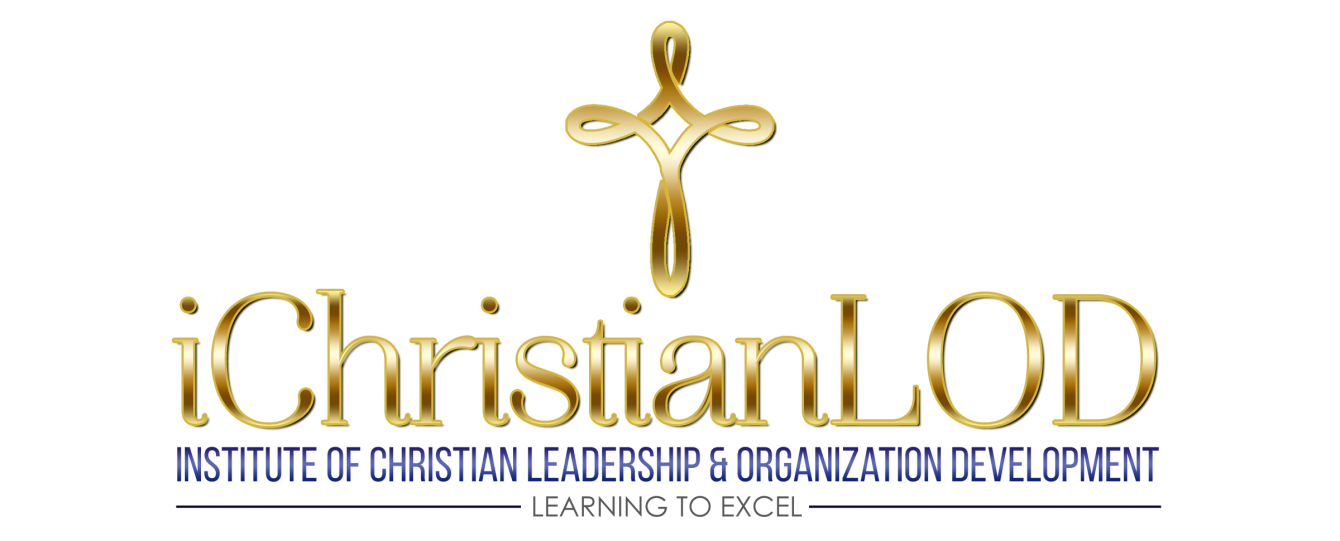Empowering Employees
The greatest benefit of empowering and enabling employees is the increased productivity that empowered and enabled employees bring to an organization. The more employees are empowered and enabled, the greater is the cumulative and collective value of their empowerment. Empowerment and enablement also create self-respect and satisfy self-actualization needs all people have. When these needs are met, employees are happier and more satisfied. The result of happier employees is increased productivity and profitability to the organization. Learning organizations thrive on empowered and enabled employees because of the rapid environmental changes that require strategic decisions to be made at all organizational levels.
What is an empowered and enabled employee?
Empowered employees are employees who have the resources they need to be successful. Those resources could be the authority to make a necessary decision within the capacity of one’s position. An example would be an employee who works with major vendors of an organization. That employee should have the power and authority to enter binding agreements with those vendors on behalf of the organization, at least to some degree. Enabled employees are those who have the tools, which include information and knowledge that they need to successfully perform their functions within their organization. An example would be providing employees with adequate training for their functions, and up-to-date technologies that enable them to be effective within their task environment. The essence of empowerment is demonstrating to the employee the value you see in them. The rewards are great!
Difficulties that can impede organizational transformation
Leaders can face a variety of difficulties that impede their ability to transform their organization into learning organizations with empowered and enabled employees.
First, they may not have created shared vision. Shared vision is created through clarity, enthusiasm, commitment, and communication. One problem is mistaking compliance with commitment, which are not the same. Shared vision means understanding the needs and desires of the employees, and discovering ways to meet their needs and desires, and then showing them how their desires can complement the organization’s needs and goals. Shared vision also means being honest about problems, and allowing employees to share in the responsibility of solving those problems. Again, it demonstrates value. Leaders must also use what Senge calls creative tension, which is the discrepancy that employees see between what is current and the future vision. This discrepancy causes a certain degree of tension. However, that tension can be the pulling force that energizes them towards the vision (Senge, 1990).
Another major difficulty that leaders can experience is a lack of systems thinking. Real solutions require having the ability to see the interrelatedness of each part. When leaders fail to see the whole picture, they may solve one problem and create a whole new problem in another area, that may not surface until years later. Senge calls this, “compensatory feedback” (Senge, 1990, p.58). Leaders must have the ability to work and transition between several teams at the same time, switching hats with each team. As Marquardt (2011) points out, it’s not just about managing the team; you have to become a trusted part of the team (Marquardt, 2011). This means convincing them that you care about their welfare as well as that of the organization.
Personal mastery can also be a problem. Senge defines personal mastery as, “. . . a process of continually focusing and refocusing on what one truly wants, on one’s vision” (Senge, 1990, p. 149). He points out how many people do not know what they really want, which is the first step in personal mastery. Knowing what one truly wants is the impetus that creates the energy to achieve one’s desires. It involves understanding the distinction between vision and purpose. Purpose alone is not sufficient. Purpose is more of a direction, while vision is the destiny. People must know what it is they really desire. Leaders have to help people discover their own vision, and then help them see how their vision can complement the organization’s vision.
Mental models can also be a major block to organizational transformation. Mental models involve the inner assumptions that people have about the way things are. These powerful assumptions often dictate our actions and behaviors, even though they may be completely contrary to reality. They may be the reason that leaders fail to be open to new ideas and innovations that need to replace old ways and methods of doing things. Mental models can become sacred cows that leaders are unwilling to give up, despite the cost to the organization. They must be uncovered, challenged, and corrected when necessary.
Another difficulty is team learning. Teams have to learn at both the individual and collective levels. Without individual learning, team learning will not occur. Organizational learning happens as a result of team learning. This requires a hands-on approach by skilled leaders who know how to galvanize people and help them to all go in the same direction. This creates synergy and what Senge calls alignment (Senge, 1990). The leader has to function much like a concert conductor who coordinates all the pieces into a work of art (Senge, 1990). This requires involvement at the organizational cellular level.
These are all examples of how transformational leadership must function. A leader has to flow through the different parts of the organization in order to impart what is needed, and to monitor what is actually happening in each element of the organization. This is what enables systems thinking, and understanding how one element is affecting the other. In this way, the leader is able to see the problem areas and deal with them before they create a systemic problem.
Marquardt, M.J. (2011). Building the learning organization. Nicholas Brealey Publishing, Boston, MA.
Senge, P.M. (1990). The fifth discipline the art & practice of the learning organization. Doubleday. New York, NY.
//




